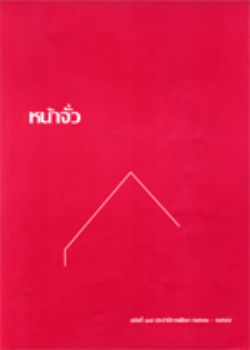MEMORY, DEMOCRACY AND URBAN SPACE: Bangkok's 'Path to Democracy'
Abstract
Since the 1960s a particular trajectory through central Bangkok has become appropriated by the democracy movement. This path extends from a sacred bo-tree at Thamassat University through the 'royal ground of Sanam Luang and along the 'royal road' of Ratchadamnoenklang Avenue to the Democracy Monument--a paradoxical relic of 1930s dictatorship which has been re-appropriated. This stretch of urban space has been (and remains) the site of complex practices of resistance and violence, liberation and repression. This paper is about struggles over meaning and memory in urban space in a cultural context where the meanings and names of public places are highly fluid and where such slippage becomes a political tactic; a struggle over which memories and whose meanings become memorialized in urban design.




